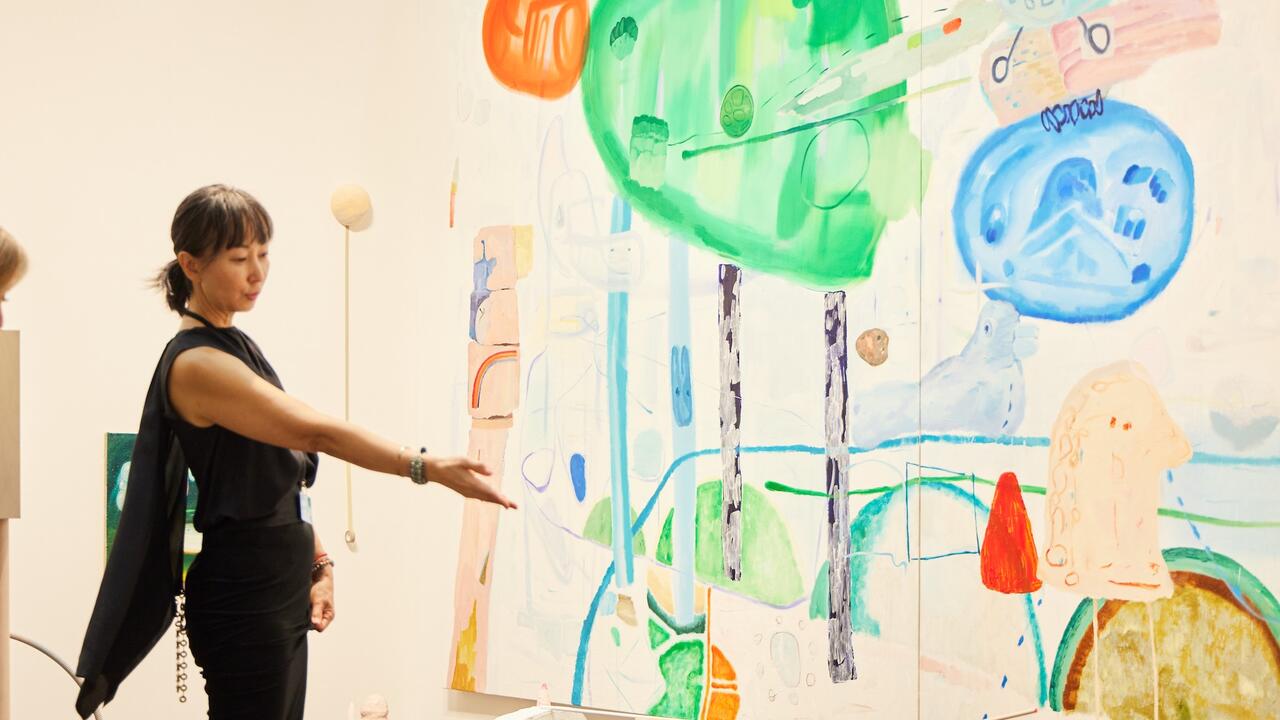Hong Kong Island
Apparently, the levels of solar radiation beyond the Earth's atmosphere are so lethal that a crewed moon rocket would need walls of lead six feet thick to protect the occupants. In the light of this, the linen spacesuits, and purposely lightweight space capsule of the Apollo astronauts begin to seem rather dubious. Photos purportedly taken on the moon are suspicious too at the extremes of temperature encountered, the film's emulsion would tend to bubble or crack, to say nothing of being fogged by galactic X-rays; and you'd imagine that the solar glare would produce a uniform luminance across the moon's surface not the theatrically spot-lit pools of light where the heroes stand. The film Capricorn One (1977) pointed the finger at NASA, depicting a fake Mars flight televised from a top secret hangar in the American desert. In this fiction, the Government arranged an accident for the 'returning' flight crew, sealing their lips. After all the theories and strange stumps of information left over from such 'impossibilities' as the Kennedy assassination conspiracy and the CIA's introduction of crack into American inner cities, it isn't too difficult to believe. To overturn this mythology, or at least to let in some doubt, is to get a grip on a heretical idea: that the unbelievable is only the possible cancelled by the likely. It's not that it's dismaying to imagine the con of the century, but if that radiation stuff is correct, then we are physically trapped within our atmosphere. There is no escape, no sublimation.
'Hong Kong Island' asked eleven artists to consider the improbable, the unrealisable, the impossible and the unthinkable, using the example of Bas Jan Ader's In Search of The Miraculous (1975), in which the artist disappeared while attempting a solo crossing of the Atlantic. I don't find anything cynical in Ader's works, and if there is, it achieves nothing against the residue of high romanticism and tragedian longing. So it was a bit of a surprise, or maybe a weather vane of the contemporary, that the works in 'Hong Kong' Island were largely underwritten with measured hypotheses, a less expansive than targeted take on the inconceivable. Perhaps I'd expected that the themes would allow for a more romantic, hermetic or surreal production, a feverish enjoyment. Works that did approach this were Claire Barclay's arrangement of eroticised colours and materials, (and what I could only term as a 'barge-pole' holding a kiddy cushion up on the ceiling), and Simon Polli's drawing of a mega-sized steerable trailer under the flats of an architect's drawing: Just put some multi's on it and some low rise II (1997)
Alan Currall's Survival Kits: Nuclear War, Plane Crash, Shipwreck (1996-97) are videos of him talking with his parents about what to do if you emerge alive from these events. Although the artist was running the show, it seemed he was taking all the advice: do older people know more about these things? Nicely placed in the basement of the gallery, the disasters were described with a punctured memory of Protect & Survive-style instructions and a kind of common sense extrapolation of what would happen, sometimes very funny: 'One thing you'd have to make sure of, that you didn't overload yourself... What would you do all this time?... Take a book, obviously... try and improve your shelter... a little pocket chess set... doesn't need a battery...'
Depressing and infuriating, Billy Clark's Texts: Muckraking, Prison Privatisation, Directors List, Glasgow's Dubious Agenda (1996-97), were the result of many hours spent in libraries ploughing through the superficially more boring books lists of directors of companies, their boards and discovering the strange ways in which dubious governmental practices, deals, the bent left, the far right and quangos are inextricably woven together. Like a supercharged Private Eye without the jokes, these texts make superb and angry reading for anyone who always knew there was something nasty going on. Clark's sound advice is that it's worthwhile to do your own investigations, as everything is more or less out in the open, protected by the camouflage of insufferable boringness. Kate Gray's muffled answering machine was supposed to accept calls from Glaswegians seeking a time and place for her flyer-advertised 'Unconditional Love'. No-one seemed to have believed her offer, and the flyers have become paper planes strewn all about. Chris Evans showed a sharp and crude cardboard cut-out workstation, placed on the ground so you had to kneel down to watch the video playing a real gem of a 'screen-saver' inside the VDU probably a light bulb in a revolving pyramidal box whose edges weren't taped up properly. This semi-revealed form, a mixture of low-tech day-dream enhancer, new age healing and easy cerebrality, was backed by a wall text of a monologue on the office and workstation, like a Ballard inscape trying to contemplate a new meteorology of pleasure and ventriloquism between the user and the technology.
Aoise Farren had enlarged a copy of the show's initiating proposal, and cut and pasted it together into snatches of intelligibility a simple summation of the whole project a theme like a children's play-frame, to be swarmed over, becoming a house, a tree, a space rocket, whatever you can make believe it resembles.













